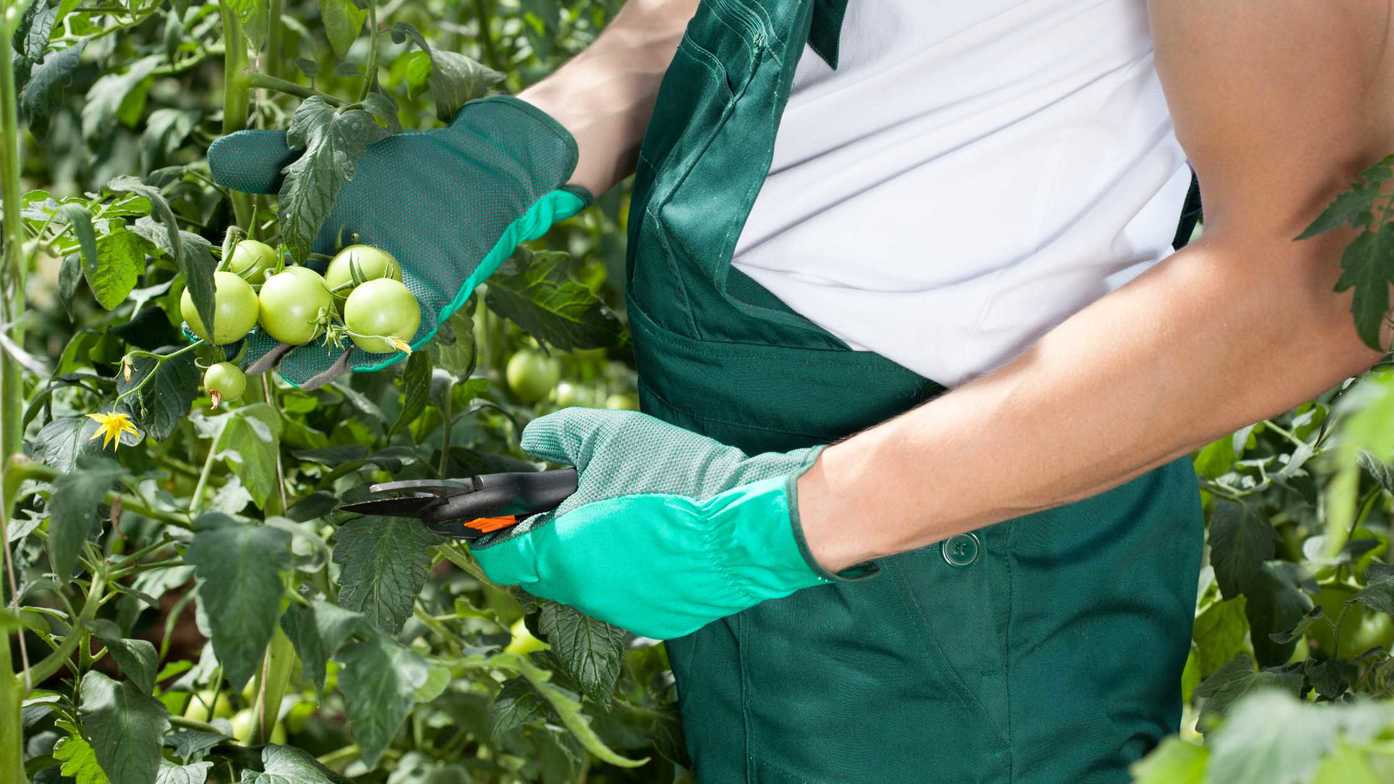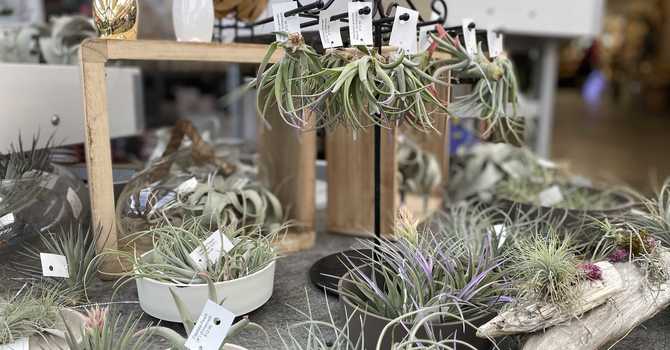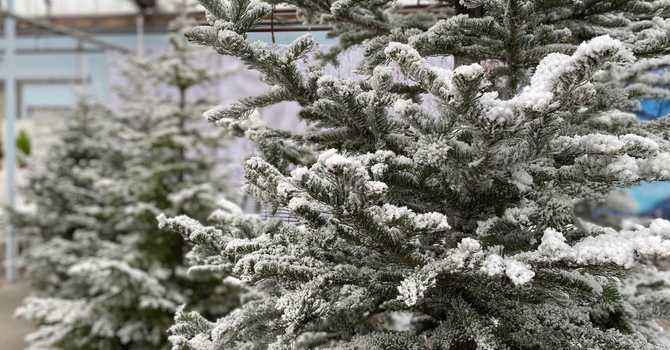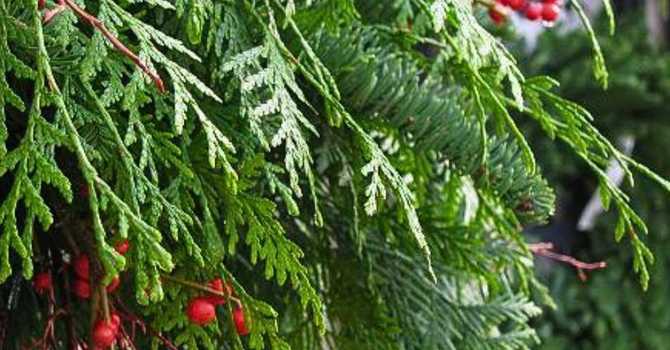
Dormant season is indeed 'pruning season', but selective pruning of some fruit trees should also be done in the summer when the bottom third of the tree's new shoots are stiff and woody.
Summer pruning is sometimes called 'pinching' and it helps improve the tree's overall health and vigour. Keep in mind that the emphasis is more on tidying up the inside branches to allow more air and sunlight in than heavy overall pruning… leave the big cuts for November-February.
Who gets pruned:
Peach, nectarine, Japanese plum, pear and apple trees are good candidates for summer pruning.
What gets pruned (and how):
Dead/damaged stems, cross branches and limbs growing toward the center of the tree: Cut them off cleanly. Leave a smooth transition to the main branch.
Rubbing branches: Select the stronger of the two or the one that will give you the best overall structure and remove the other.
Watersprouts: These are thin stems that grow straight up. Cut them off completely (smooth to the branch).
Save some! Take a look at the big picture and select a few new branches that would be beneficial in the future. Cut them back to just above the second knuckle (bud protrusion). Next year you may have a nice little cluster of flowers and fruits there! Also, do not prune away shoots that are less than 8" long as they usually terminate in fruit buds.
Note: Suckers at the bottom should be removed. Read on for details.
When:
July-early August. Don't leave it too late… it's simply wasted growth if you leave it too long.
Try not to prune before a rainfall, as the moisture may present some disease issues. Try not to improve during the heat of the day or on very hot days either; overcast days are ideal.
Why? You'll be:
Allowing the tree to strengthen existing limbs and develop a more sturdy form.
Creating better air flow and light exposure, both of which reduce the risk of fungal diseases, and more sun exposure can help your fruit develop better flavour and overall quality.
Keeping potential trouble at bay! When working with your tree you'll have a good opportunity to take a careful look at what's happening inside the branches, and thus nipping any pest or disease issues in the bud.
So Long Sucker!
We've all seen them… beautiful, stately trees encircled by a ring of energy sucking shoots at their base. Suckers develop on many trees, particularly grafted ones, woody climbers and the like, but they are a nuisance because they draw nutrients from their parent and zap its energy. Some shallow rooted plants in poor soil conditions are sometimes prone to suckering, as are trees that have suffered root damage or have experienced stress. If left uncontrolled they can spread and cover a large area, or significantly weaken the parent tree.
How do you rid yourself of them?:
If suckers are forming from the roots, dig down and inspect where they're coming from. Should they be developing from a single section, carefully remove that section of root system, then cover it back up.
If stems are forming on the trunks of trees, these are weak branches forming as a result of an over ambitious pruning job. Remove them, smooth to the trunk, with a clean, sharp pair of pruners.
In both cases, try to remove suckers as quickly as you see them develop.
To prevent suckers from developing:
Follow a regular pruning regimen so that you don't end up over pruning.
Maintain plant health so that the plant doesn't become overly stressed.
It is also helpful to lay a piece of heavy duty landscape fabric around the base of the tree, then apply about 2-3" of fine bark mulch over top
Saving your sucker? If planted quickly (don't let it dry out) and aided by liquid transplanter, your sucker will likely grow quite easily. Be cautious though… if you're taking it from a grafted tree, the sucker will be offspring of the parent rootstock, not the grafted tree.
Tomato Pruning
Research has shown that whether you prune or not, tomato production is about the same. A key reason for pruning out sucker growth on tomatoes though, is to allow more air and light to reach the tomatoes, which will improve quality and ripening and it also aides in disease control. Staking tomatoes to keep them up and off the ground will also improve the health and quality of your plants.
As the season progresses, some thinning may be necessary to improve air flow and minimize blight issues. Select the strongest branches, staking as needed, and remove the small shoots that develop in between the main stem and side branches that you want to keep. Remove any weak stems as well.
Early blight occurs in mid-July, so keep an eye open for that. Late blight, which is far more challenging to manage, hits mid-August. Keeping foliage dry from mid-August onward and applying Copper Spray in the foliage every 10 days will help prevent late blight.
For any pruning job, remember to clean your pruning tools with a 10% bleach solution before and after!


